Rattlesnake bomber base museum
Wed Jan 14, 2009 7:31 pm
Stopped in on my way home at Christmas time. Really neat place and lots of pictures. I tried to take pictures of pictures but that doesn't always work out great. I found the pic of the 29 with two feathered engines very interesting, also note that the 20mm is still in the tail! I thought those would have been removed by that time frame?
I was wondering what the two 125's and the 150 numbers mean for the "Queen of Em All"? Jack do you have any shots of this particular 29 in theater?
Well I hope you like these and I have more if you wish to see?

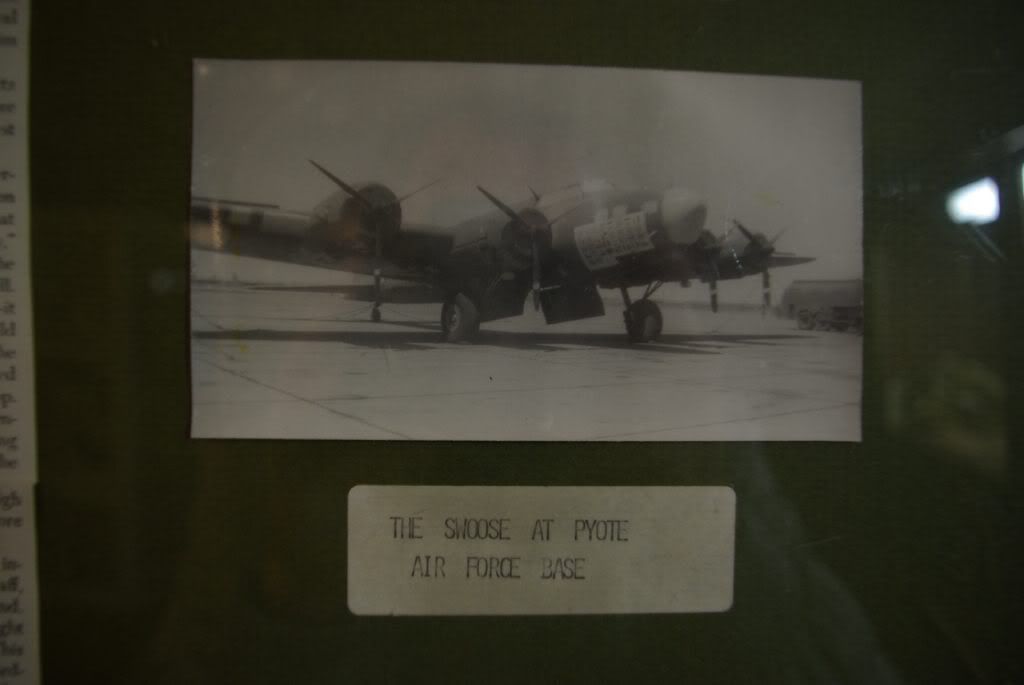

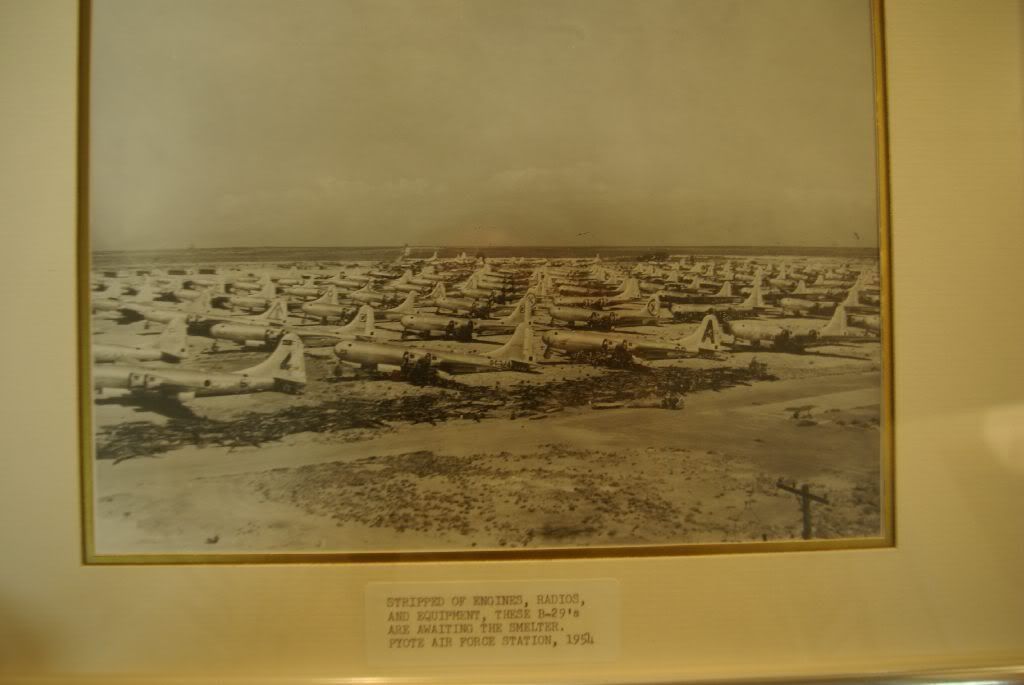

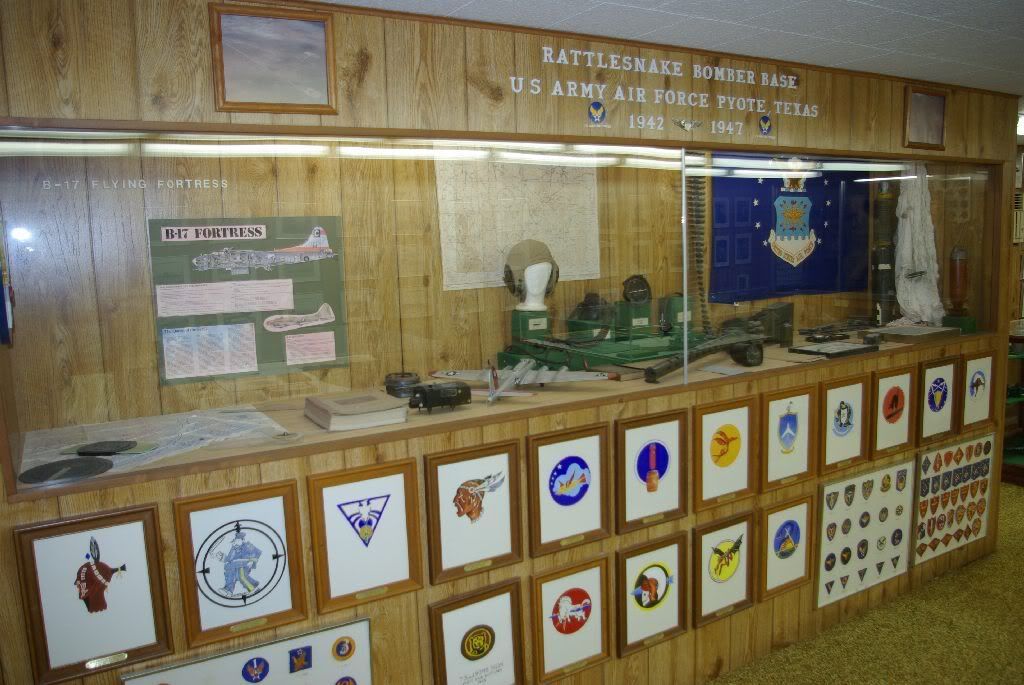
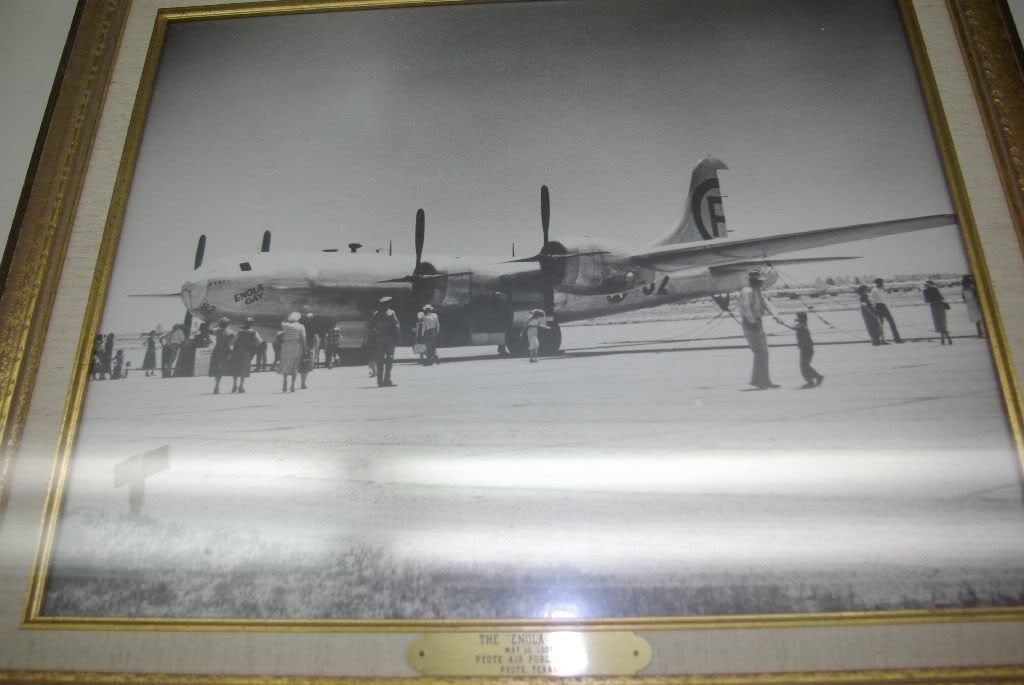
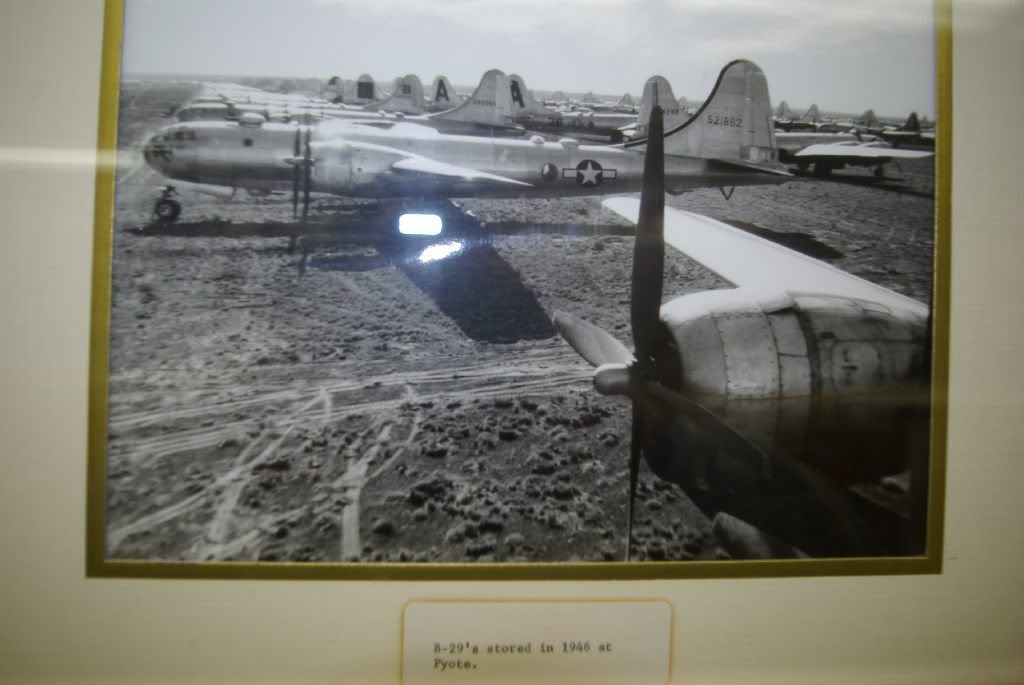

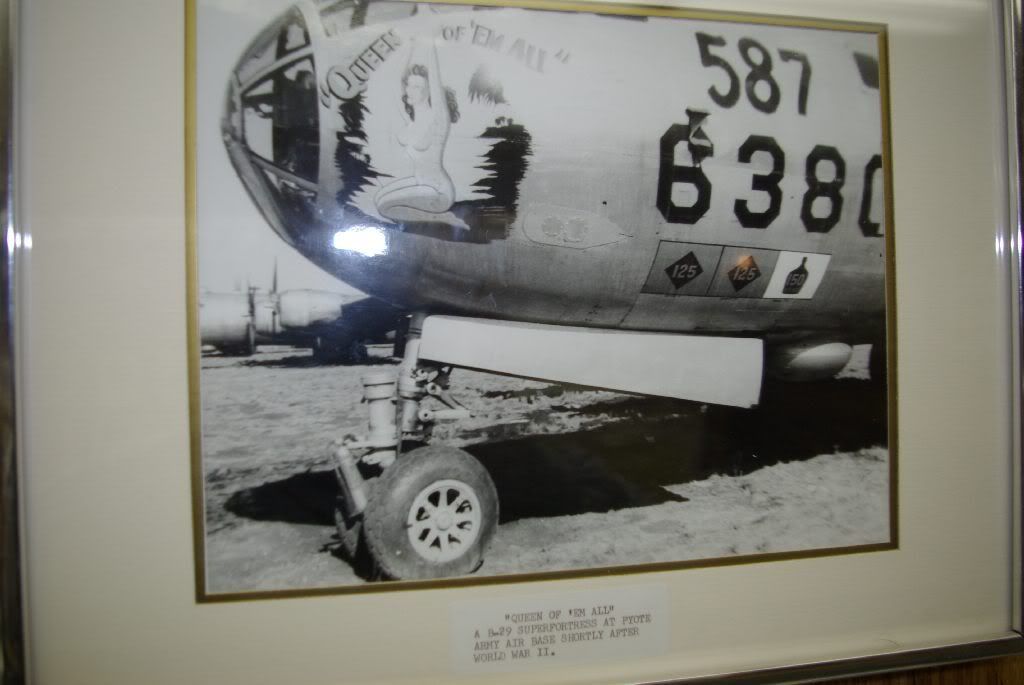

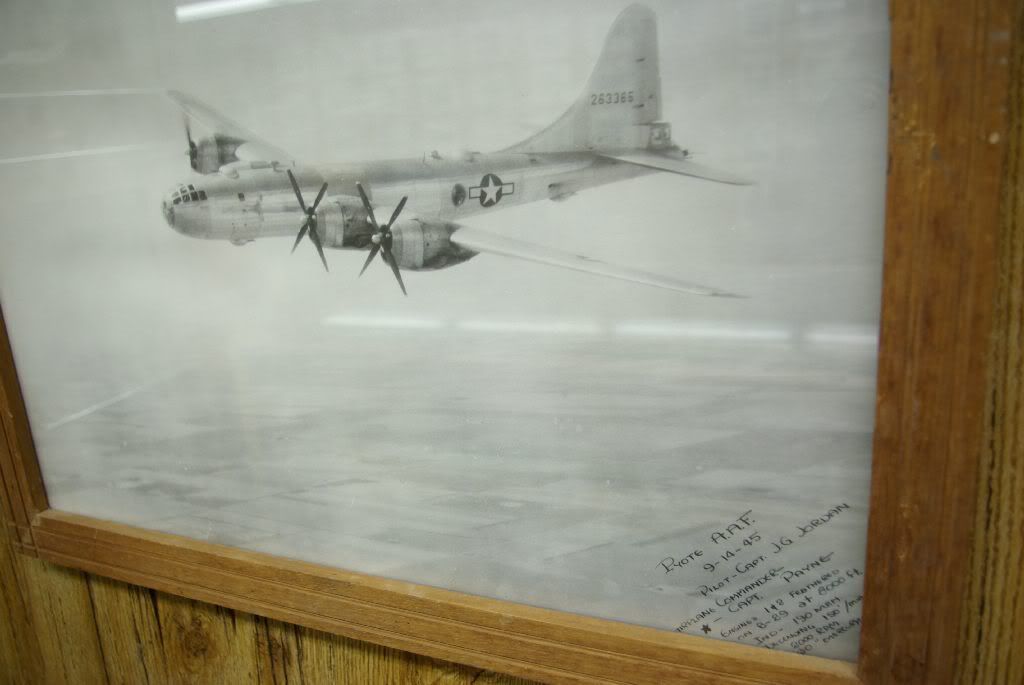
I was wondering what the two 125's and the 150 numbers mean for the "Queen of Em All"? Jack do you have any shots of this particular 29 in theater?
Well I hope you like these and I have more if you wish to see?












Wed Jan 14, 2009 9:47 pm
Steve - Those are very interesting photos. Were those aircraft parts at the museum saved from the scrapping at Pyote? As I understand it, Pyote AAFB is so remote and desolate that, once abandoned, nothing was ever done to it, that it is just slowly reverting back to nature. I think the runways still exist, although I would think they have to be in pretty bad shape by now. When I passed it 2 years ago, I saw only a wall of a very large hanger still standing. Isn't the town of Pyote itself almost a ghost town also? Maybe a couple hundred people at most in the entire area?
I can't help but wonder what might be out there in that desert where all the planes were scrapped. Didn't the scrapping at Pyote take place up into the 50s, much later than Kingman, Walnut Ridge, etc.?
I can't help but wonder what might be out there in that desert where all the planes were scrapped. Didn't the scrapping at Pyote take place up into the 50s, much later than Kingman, Walnut Ridge, etc.?
Wed Jan 14, 2009 10:41 pm
Pyote...anyone see the 80's movie Fandango? hehe
According to Wiki and this document, They were scrapping aircraft there until 1953. Smelter on site...
http://airforcehistoryindex.org/data/000/489/778.xml
http://en.wikipedia.org/wiki/Pyote_Air_Force_Base
Photos and info here...
http://members.tripod.com/Airfields_freeman/TX/Airfields_TX_W.htm#pyote

According to Wiki and this document, They were scrapping aircraft there until 1953. Smelter on site...
http://airforcehistoryindex.org/data/000/489/778.xml
http://en.wikipedia.org/wiki/Pyote_Air_Force_Base
Photos and info here...
http://members.tripod.com/Airfields_freeman/TX/Airfields_TX_W.htm#pyote

Wed Jan 14, 2009 10:48 pm
Hi George, the parts on display and in a couple cases(see photo) were all found after the scrappers had left, I have wandered those hallowed grounds myself and have found bits laying around. There are still tons of just little bits laying out there but nothing very big. The runways do still exist but are overgrown with Mesquite. The Concrete ramp(which are a foot thick!) and taxiways are still in good shape. Scrapping was done up to 1954 as one of the photo's from the first post says. Note in one of these photos an over head shot of what appears to be fuselages or wings yet to be broken down and melted.
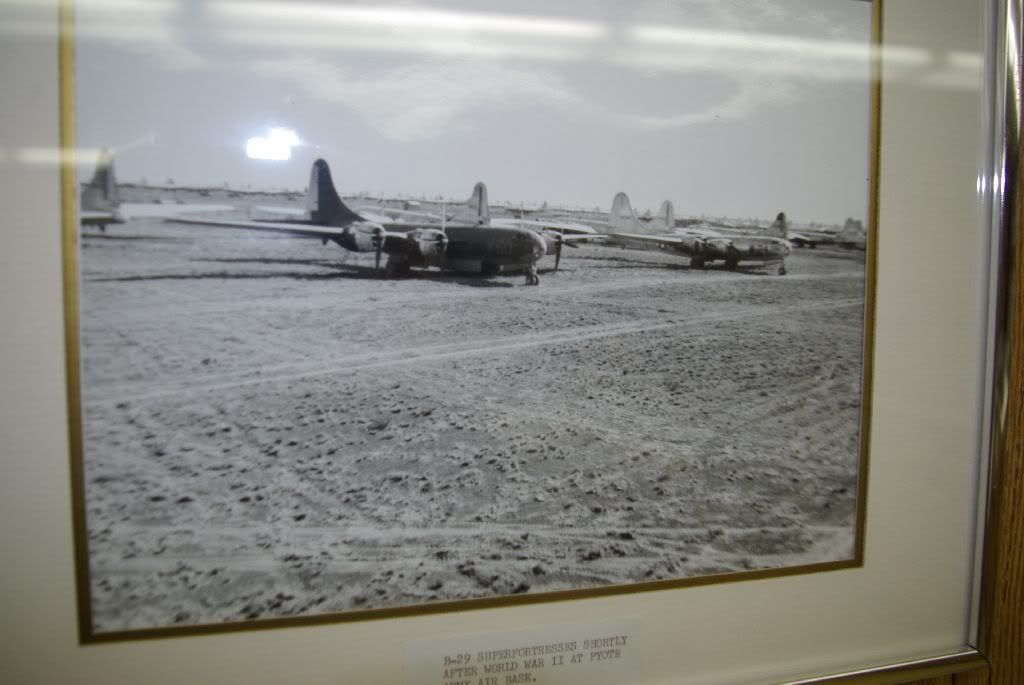

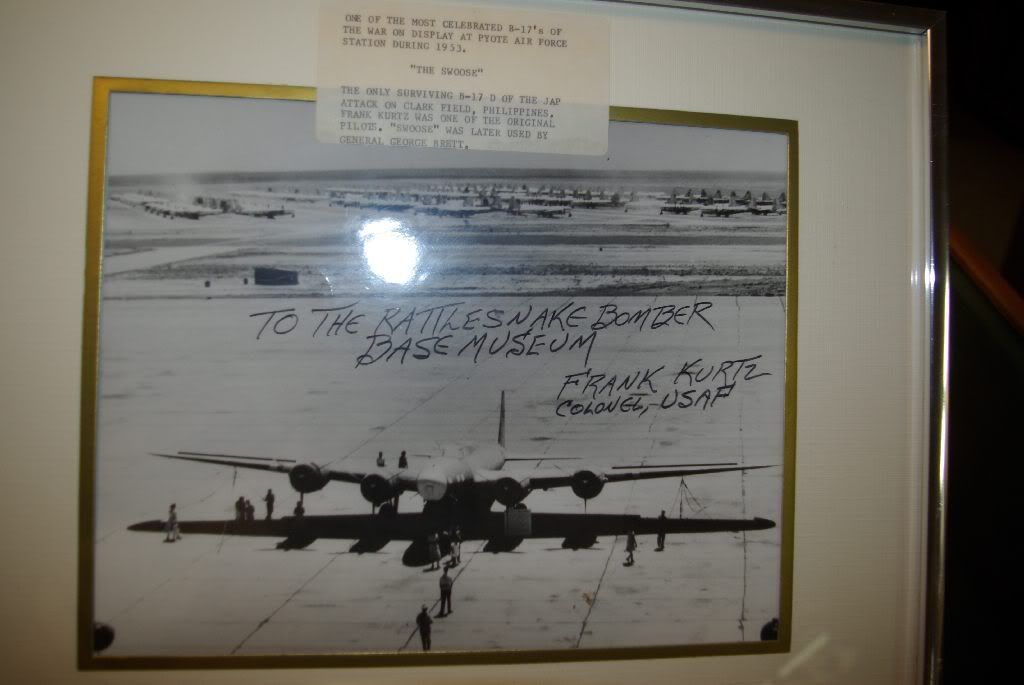
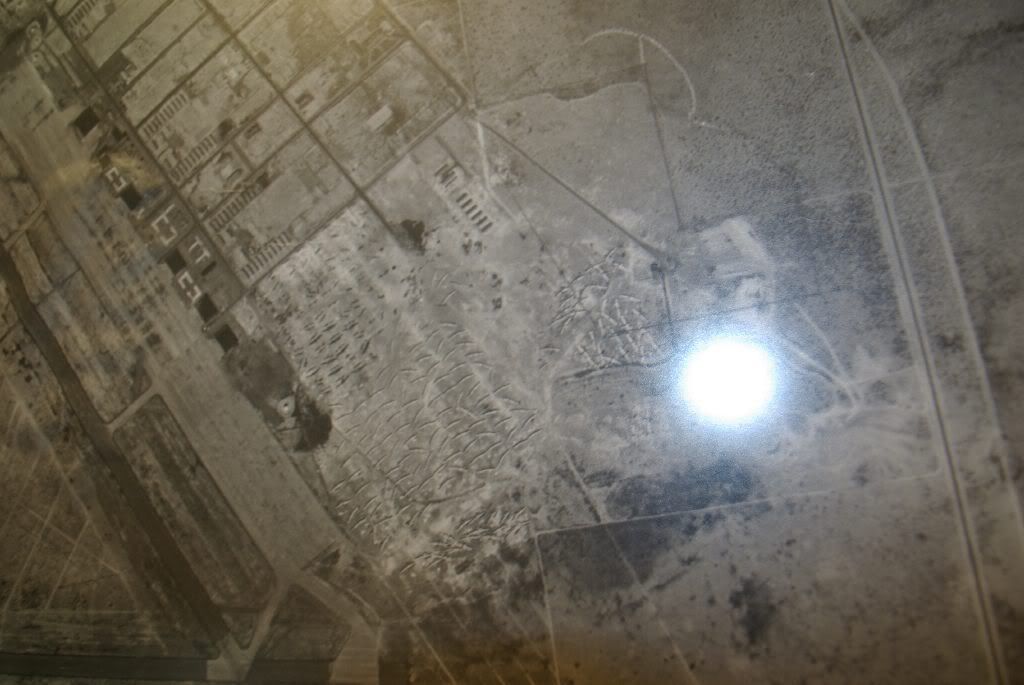
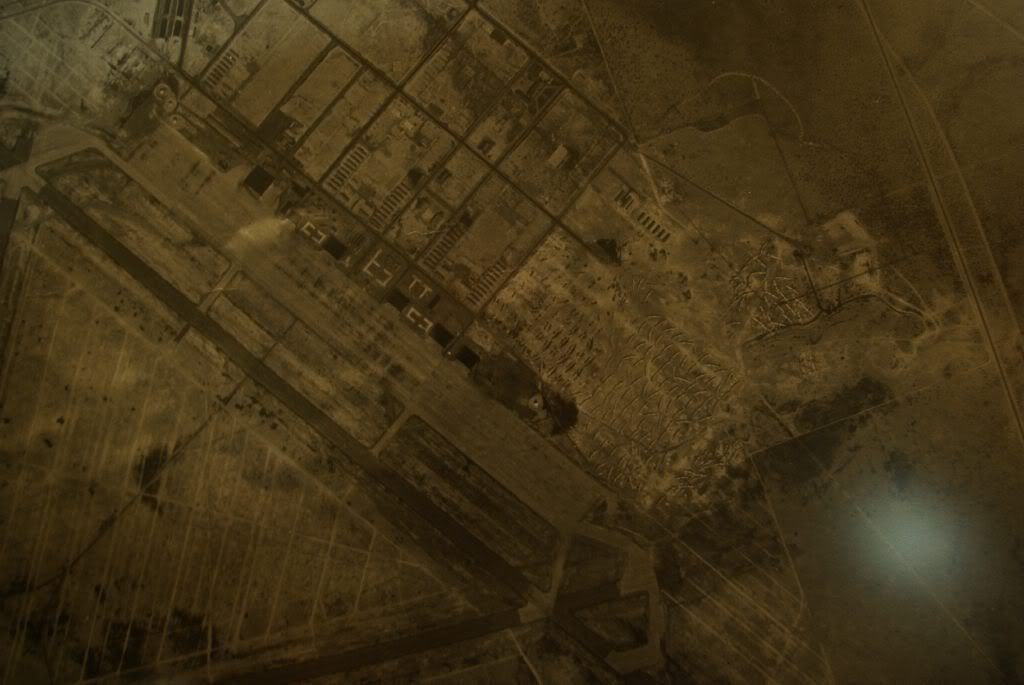









Wed Jan 14, 2009 11:33 pm
Thanks for the info and additional photos, Steve. Looks like the scrappers left some pretty significant parts that fortunately the museum had the foresight to save. That had to be a great experience getting to walk the grounds where all those planes had been stored, and, sadly, scrapped.
Also, appreciate the links, Zane. The sheer remotenes of the base and that it sits abandoned adds to the intrigue.
Also, appreciate the links, Zane. The sheer remotenes of the base and that it sits abandoned adds to the intrigue.
Thu Jan 15, 2009 1:51 am
Steve,
I took much the same photos when I was at the Museum last year and posted them here: http://warbirdinformationexchange.org/p ... 9+trainers
The 125 and 150 symbols on "Queen of 'Em All" are a CONUS device of some form. That airplane, 42-6380, was a trainer at Grand Island for most of its service life. I'm not certain if it was in the CBI with the 58th Wing or not--my research indicates it never left the States. Of further note is the "587" above the last four of the serial. That was an I.D. applied at Pyote when the aircraft were put into storage. Here is a nice color shot of 42-6349 with the same 150 jug symbol. I suspect those are training mission milestones but I am still researching the markings.

The Bell airplane with two feathered surprised me too. I had thought all CONUS trainers had the 20MM removed per the T.O. a long time before that photo was taken, but I guess that one slipped through the cracks or was used for some testing purpose.
George,
Pyote was a storage facility operated by/for the AAF rather than a War Assets Administration salvage field like Walnut Ridge or Kingman. The majority of the aircraft flown to storage at Pyote were intended for later use by the military. A great number of B-29s and A-26s were reactivated there and put into service during the Korean conflict. The scrapping of the remaining aircraft was carried out during and after this operation was complete. It's interesting to note that a very large number of the earliest-built Superforts at Pyote are shown as reclaimed in '49. My guess is that the least desirable/highest hour/oldest airframes were picked over for spares and earmarked for scrapping when they arrived.
Scott
I took much the same photos when I was at the Museum last year and posted them here: http://warbirdinformationexchange.org/p ... 9+trainers
The 125 and 150 symbols on "Queen of 'Em All" are a CONUS device of some form. That airplane, 42-6380, was a trainer at Grand Island for most of its service life. I'm not certain if it was in the CBI with the 58th Wing or not--my research indicates it never left the States. Of further note is the "587" above the last four of the serial. That was an I.D. applied at Pyote when the aircraft were put into storage. Here is a nice color shot of 42-6349 with the same 150 jug symbol. I suspect those are training mission milestones but I am still researching the markings.

The Bell airplane with two feathered surprised me too. I had thought all CONUS trainers had the 20MM removed per the T.O. a long time before that photo was taken, but I guess that one slipped through the cracks or was used for some testing purpose.
George,
Pyote was a storage facility operated by/for the AAF rather than a War Assets Administration salvage field like Walnut Ridge or Kingman. The majority of the aircraft flown to storage at Pyote were intended for later use by the military. A great number of B-29s and A-26s were reactivated there and put into service during the Korean conflict. The scrapping of the remaining aircraft was carried out during and after this operation was complete. It's interesting to note that a very large number of the earliest-built Superforts at Pyote are shown as reclaimed in '49. My guess is that the least desirable/highest hour/oldest airframes were picked over for spares and earmarked for scrapping when they arrived.
Scott
Thu Jan 15, 2009 2:32 am
That's a nice B-29 bombardiers panel in that display case, among other things! Anyone got contact info for the museum? I sure could use one of those escape hatches!
Thu Jan 15, 2009 5:23 am
Interesting to look at on google maps
http://maps.google.com/maps?f=q&source= ... 9&t=h&z=12
What are all the strange square things with roads to them in the north west?
http://maps.google.com/maps?f=q&source= ... 9&t=h&z=12
What are all the strange square things with roads to them in the north west?
Thu Jan 15, 2009 5:35 am
mattsb2000 wrote:What are all the strange square things with roads to them in the north west?
Nodding donkeys.
AKA - Oil Well Pumps.
Common sight in much of West Texas, along with Windmills (the big ones).
Last edited by CAPFlyer on Thu Jan 15, 2009 6:29 am, edited 1 time in total.
Thu Jan 15, 2009 5:43 am
CAPFlyer wrote:mattsb2000 wrote:What are all the strange square things with roads to them in the north west?
Nodding donkeys.
AKA - Oil Well Pumps.
Common site in much of West Texas.
Ahh, thank you.
Nodding donkeys
Thu Jan 15, 2009 10:07 am
This place would be a great candidate for a static B-29
Fri Jan 16, 2009 1:16 pm
B29Gunner wrote:That's a nice B-29 bombardiers panel in that display case, among other things! Anyone got contact info for the museum? I sure could use one of those escape hatches!
915-943-5044
Fri Jan 16, 2009 1:24 pm
Here are a few more shots around the base. The bombsite safe building is interesting, I am curious about the little square hole at the base. What for? In the next photo installment the inside of one of the doors has the date also very interesting. They sure poured a lot of concrete for the ramp and taxi ways!! All of it a foot thick!
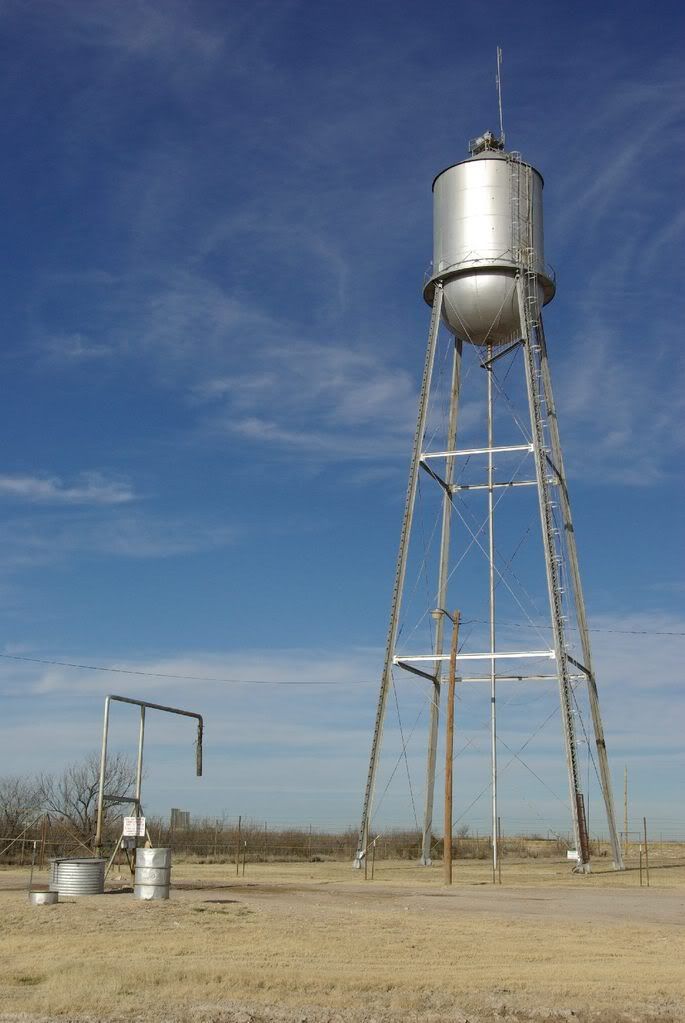

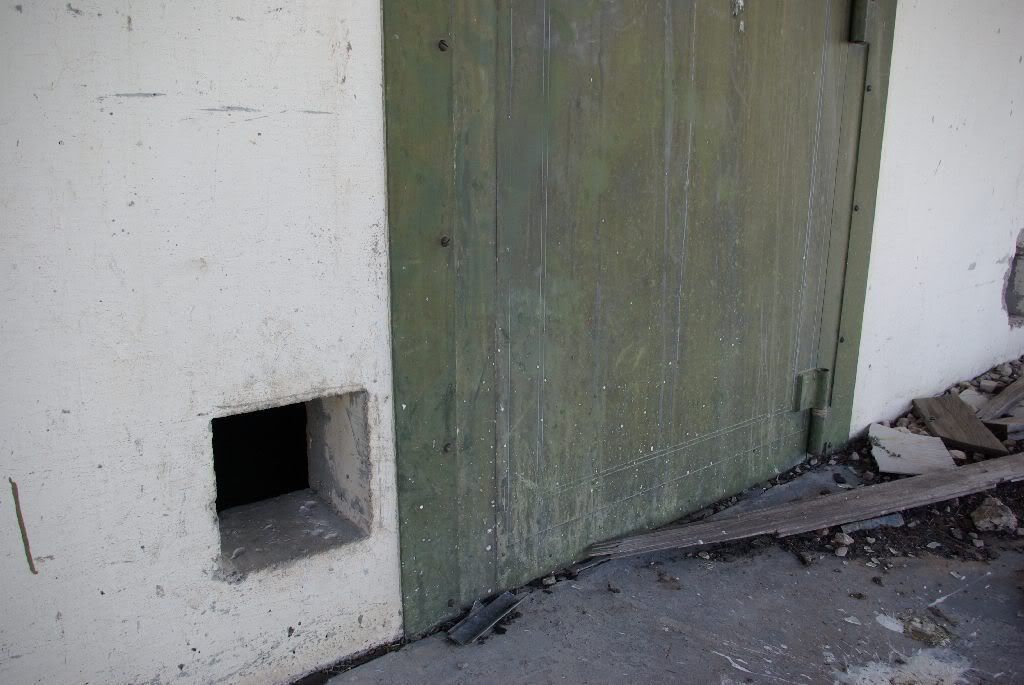
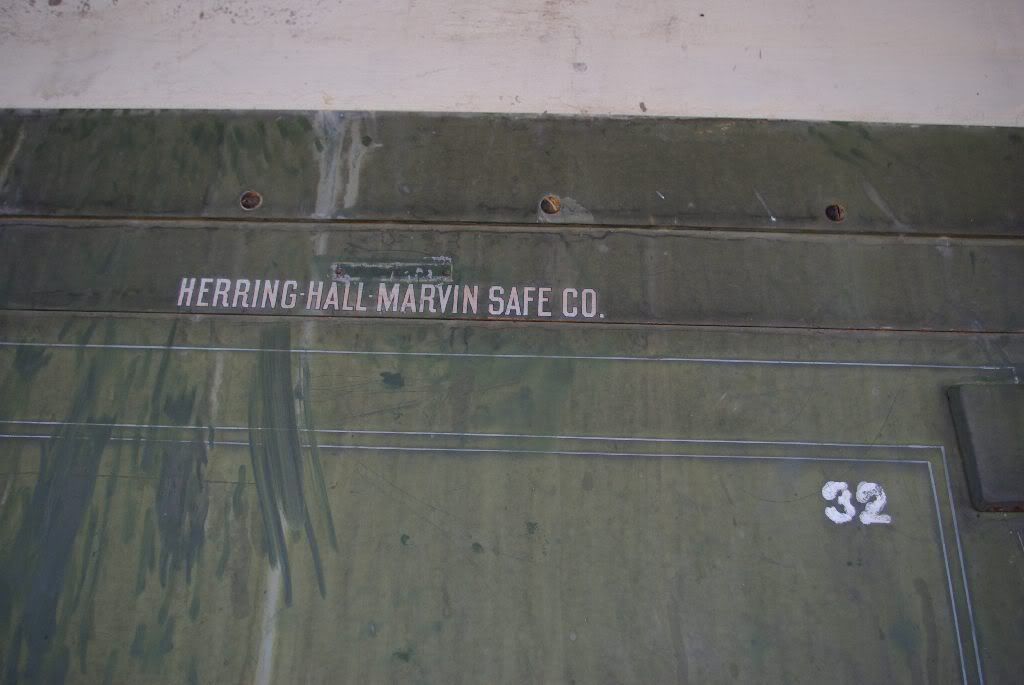
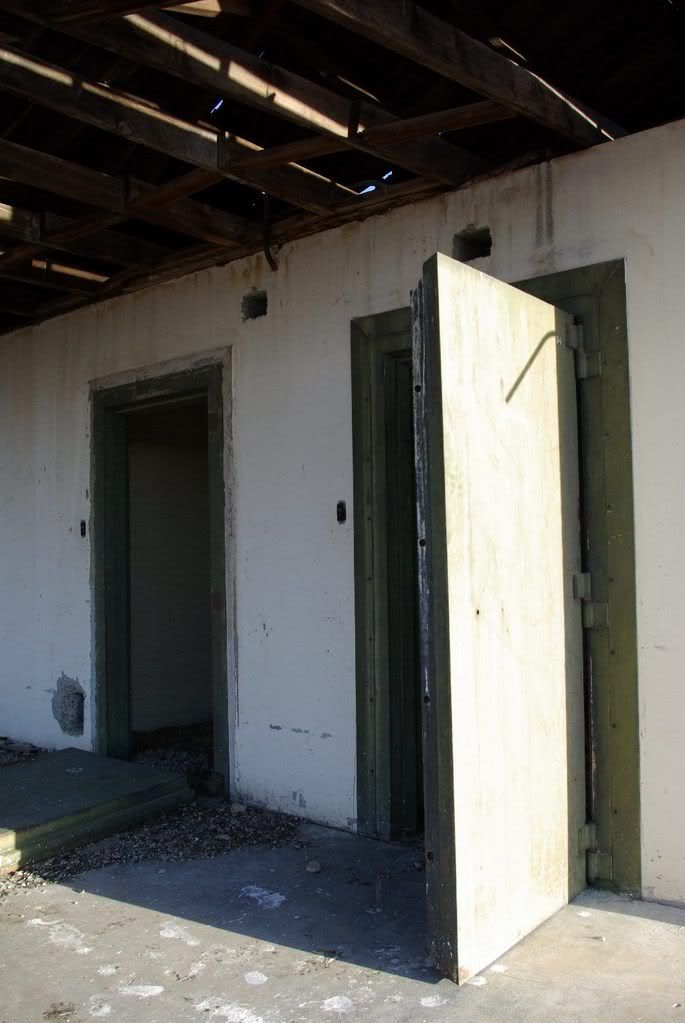

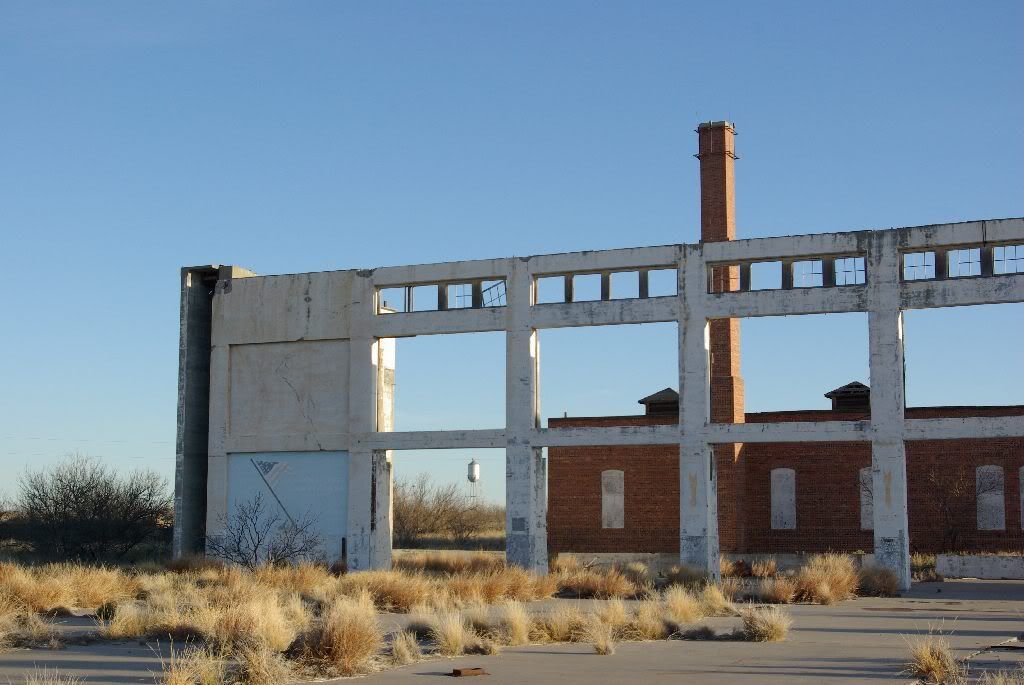
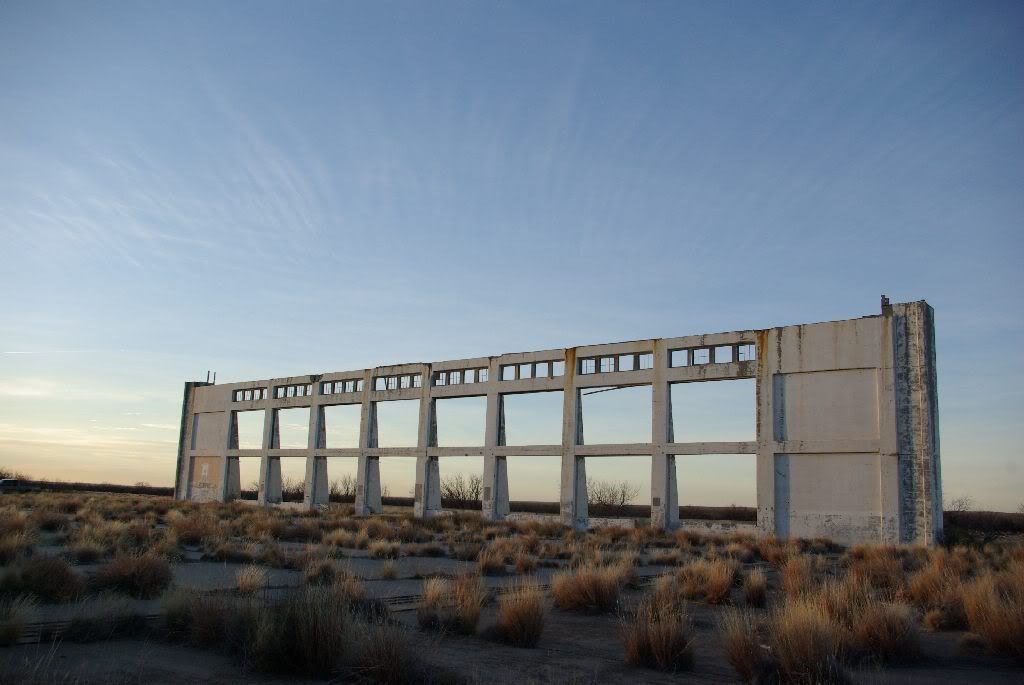
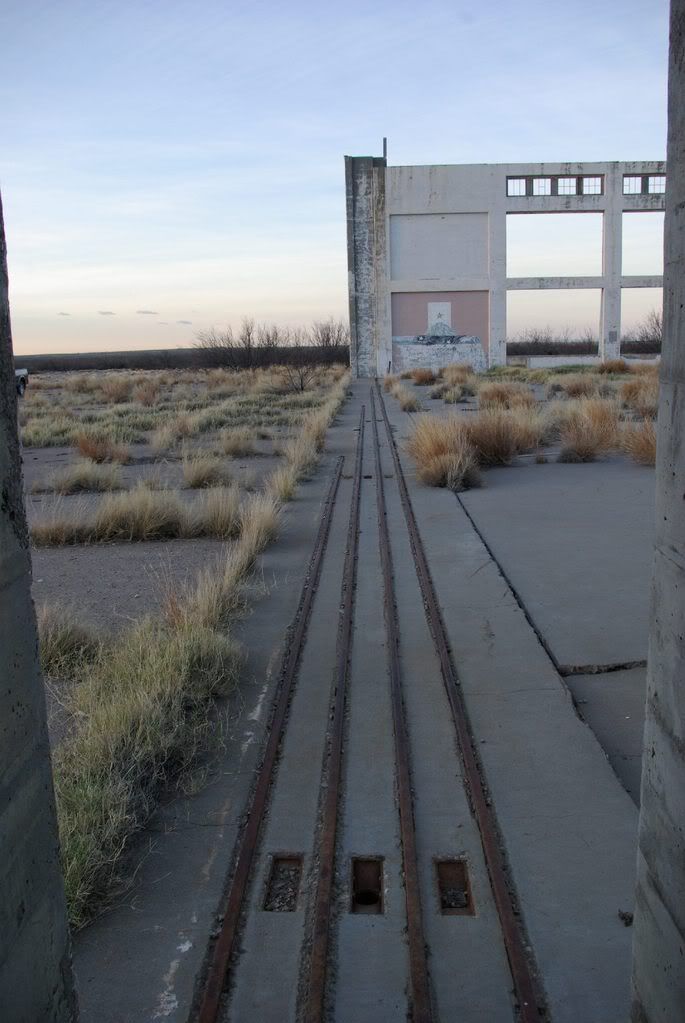








Fri Jan 16, 2009 2:03 pm
Steve,
Those small holes are for ventilation. That building would have had a couple of potbelly stoves in it to keep the temperature a little warmer than ambient in the wintertime. All the second generation vaults I've photographed have the same holes in them. That structure is usually referred to as the Bombsight Maintenance Building in the station building keys and blueprints. Most bombardment training fields had a smaller two-hole vault to start with and the large one was built later. Here is the pair of buildings at Herington:

And here is the complete building complex as it was at Great Bend. The wooden structure was torn down a few years ago against our protests:

The Corps of Engineers specification for the concrete on aprons and taxiways was ten inches, with no reinforcing rod or mesh. It usually ended up thicker just because of the great haste during the construction process.
Great photos!
Scott
Those small holes are for ventilation. That building would have had a couple of potbelly stoves in it to keep the temperature a little warmer than ambient in the wintertime. All the second generation vaults I've photographed have the same holes in them. That structure is usually referred to as the Bombsight Maintenance Building in the station building keys and blueprints. Most bombardment training fields had a smaller two-hole vault to start with and the large one was built later. Here is the pair of buildings at Herington:

And here is the complete building complex as it was at Great Bend. The wooden structure was torn down a few years ago against our protests:

The Corps of Engineers specification for the concrete on aprons and taxiways was ten inches, with no reinforcing rod or mesh. It usually ended up thicker just because of the great haste during the construction process.
Great photos!
Scott
Fri Jan 16, 2009 2:05 pm
Here are a few more. The wall murals are quit interesting too. In the first shot of all three these were taken in Dec. of 06, then compare them to the current ones. Its sad how they are going down hill very rapidly. I also wonder if these were painted on when the CAF had the building or in WWII. I seem to think if they are deteriorating that rapidly they are not from WWII and if so they would be virtually gone? You'll also note that the runways are going back to mother nature.
This base really fascinates me to no end! With all the chopping a and smelting that went on here surely somewhere out there are some pictures of this operation or more of what was in the field?


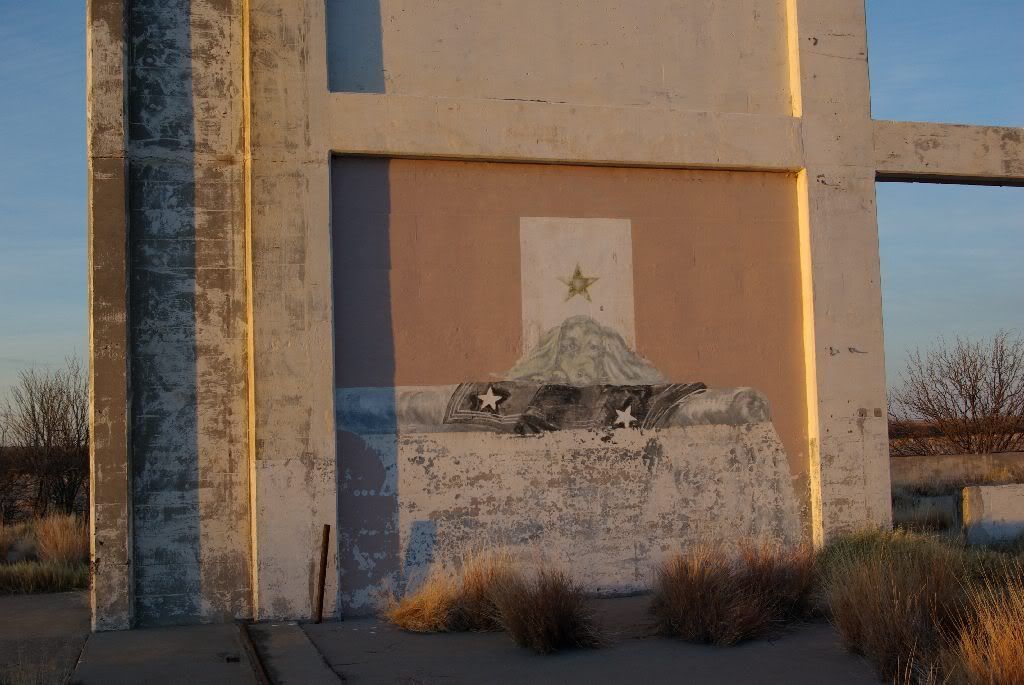
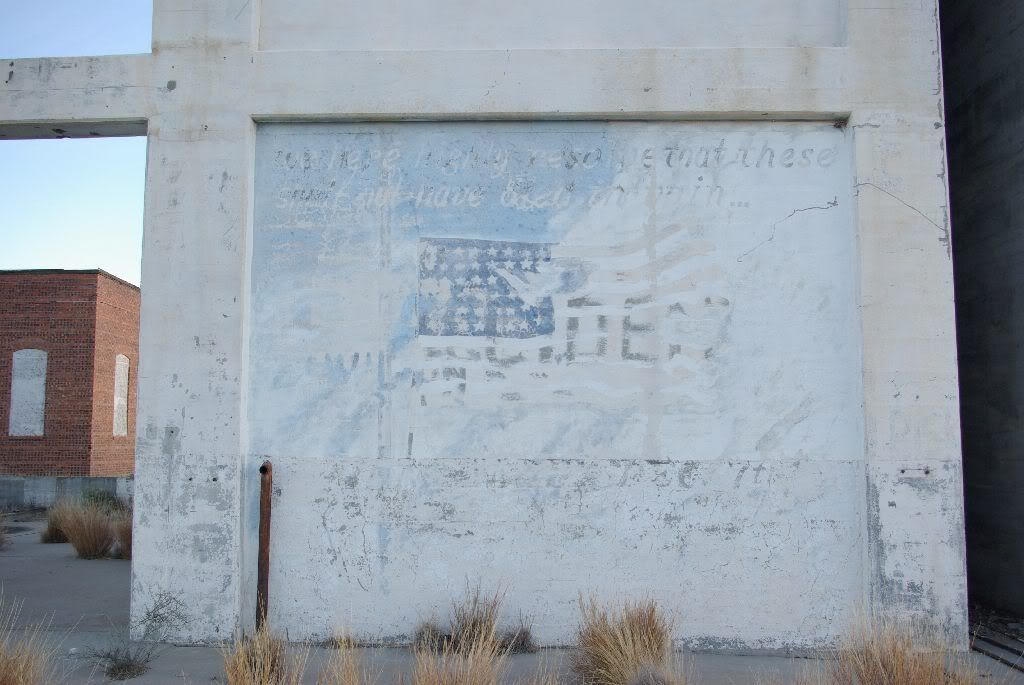

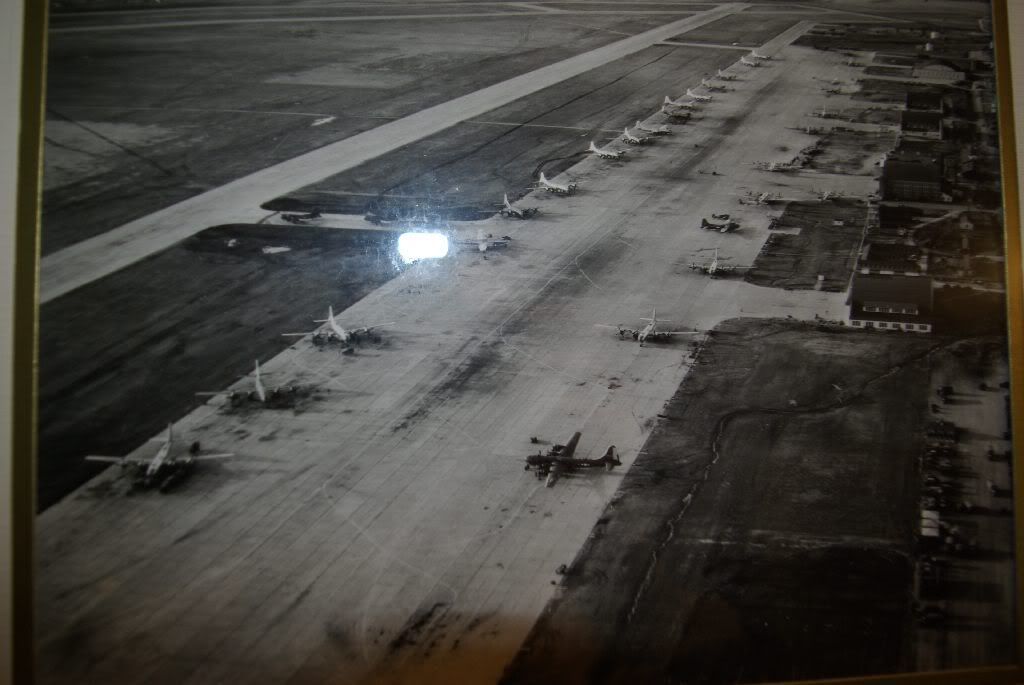
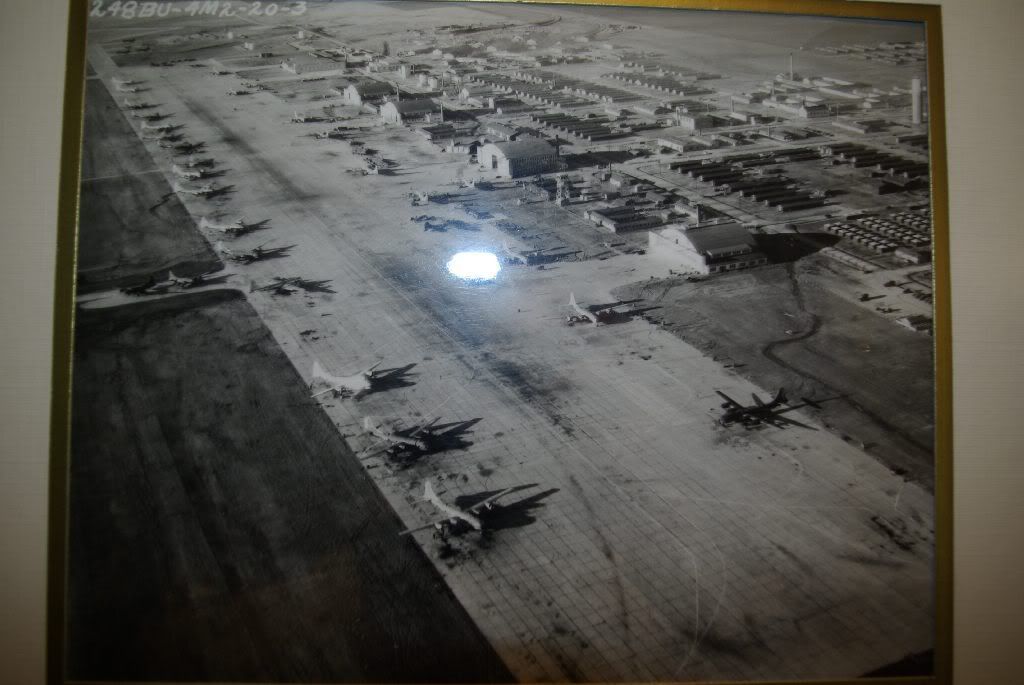
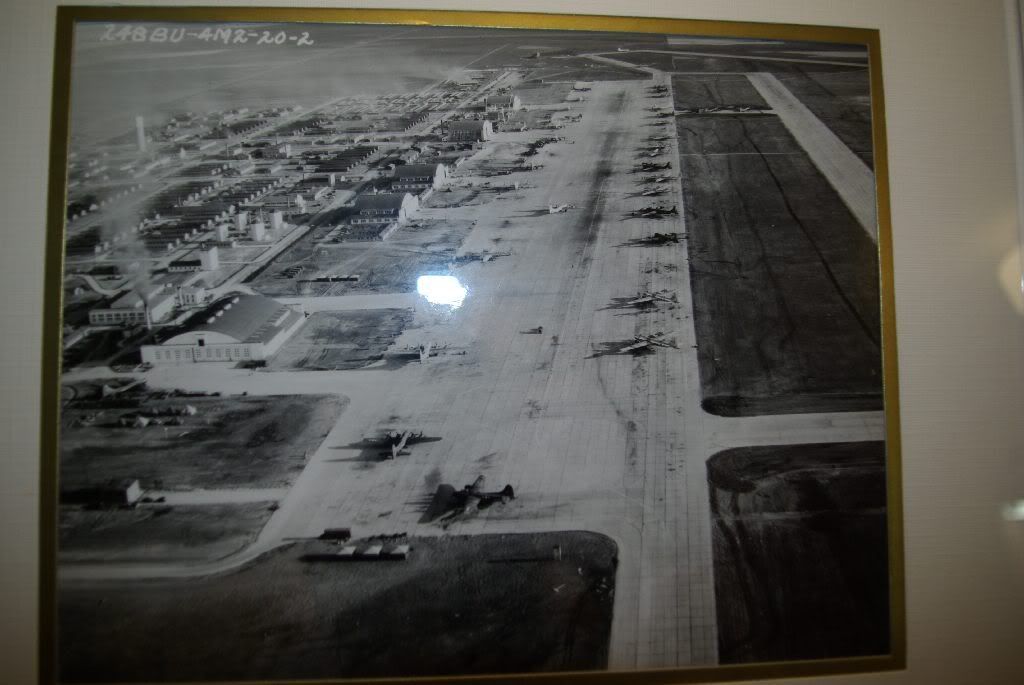
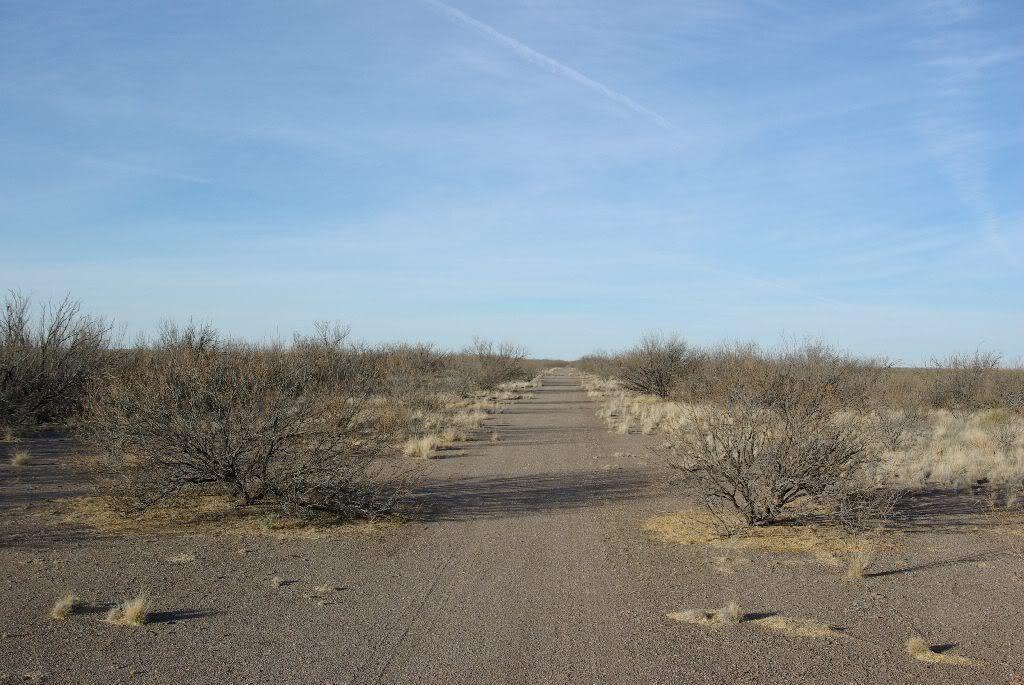

This base really fascinates me to no end! With all the chopping a and smelting that went on here surely somewhere out there are some pictures of this operation or more of what was in the field?









